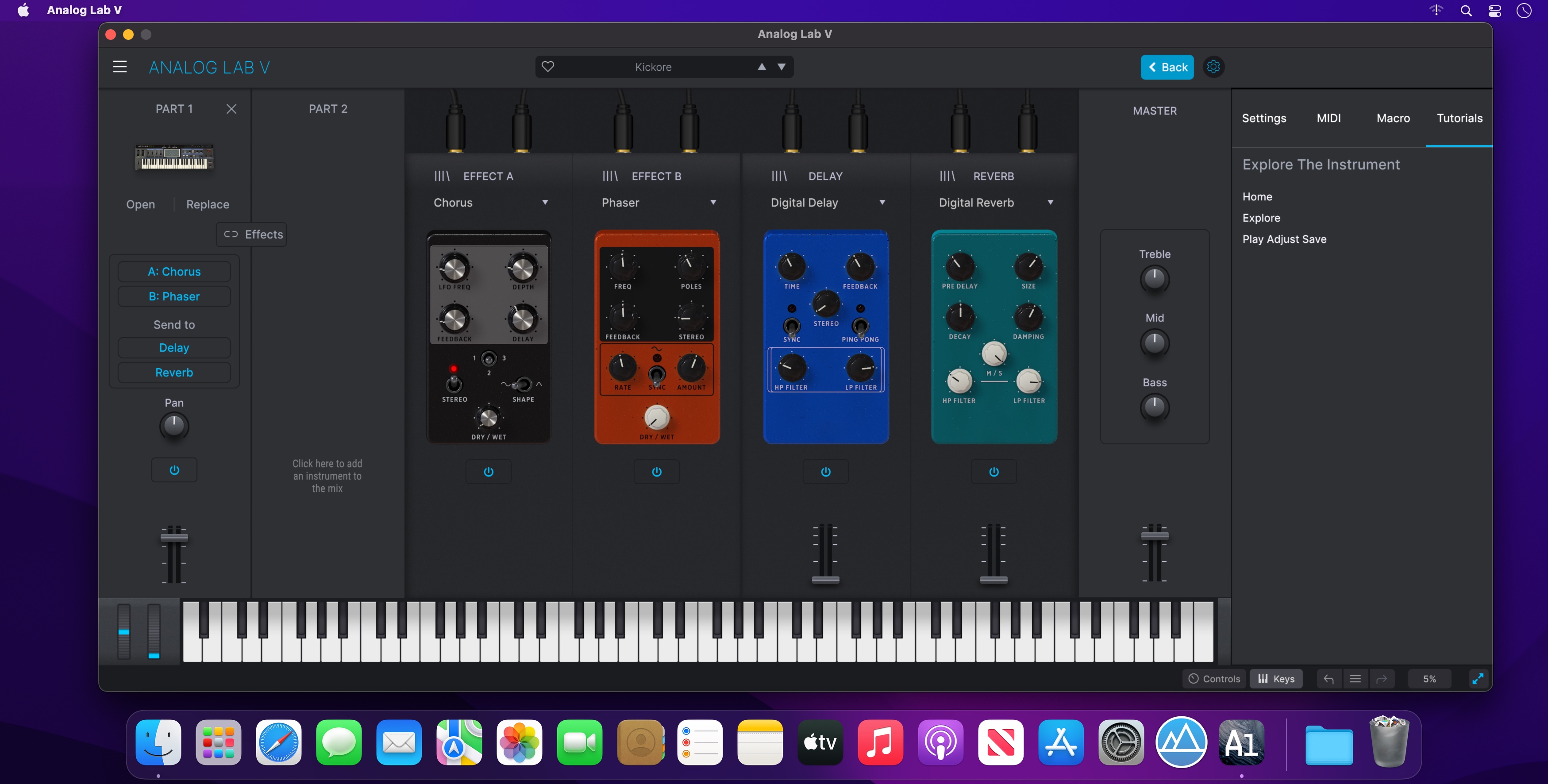

To set the modulation depth coming into the PWM input on the oscillator driver, you click and drag just outside its virtual jack.Arturia’s V Collection barely needs an introduction. In Arturia Modular V, each input has a hidden inverting attenuator.

(It’s the same with the main oscillators as well.) Therefore, you might need to set the Manual control for the LFO’s PWM to one extreme or the other to actually get the shape represented by the graphic next to the output jack.
The VC LFO module has a PWM control of its own, which changes the shape of other LFO waveforms in addition to the square. The pulse width for all three oscillators in that group are set by the driver, not by the VCO module. Groups of three VCOs are controlled by an oscillator “driver” module which was common in the original modular Moogs. This is an easy way to make a single oscillator sound like a pair of oscillators in unison but slightly detuned, and in general creates a more animated sound.Ī few factors that make the typical PWM patch a little different in the Modular V software than you might expect on, say, your Eurorack modular include: Changing the width of this pulse on the fly gives the aural impression of detuning or chorusing, as you get sort of a Doppler shift while the edge of the pulse is moving. In the movie below I show how to create a typical PWM ( pulse width modulation) patch.įor those who don’t already know, PWM is the technique where you dynamically vary the width of the “square” waveform, changing it between a thinner, reedier-sounding pulse and something that more closely resembles a nice fat square. I recently released a course on and LinkedIn Learning on how to use the Arturia Modular V software synth, which is modeled on the old Moog modular systems.






 0 kommentar(er)
0 kommentar(er)
